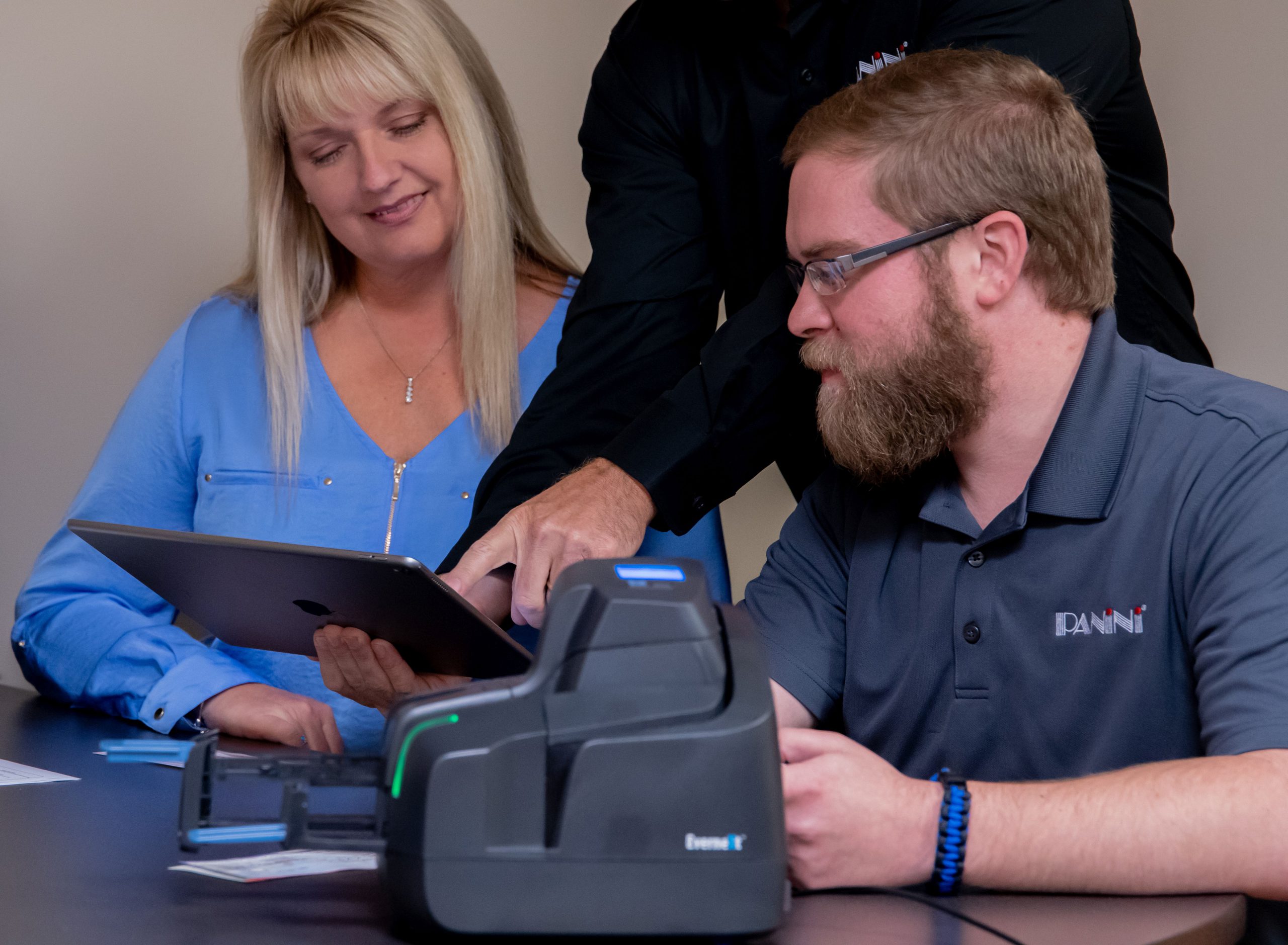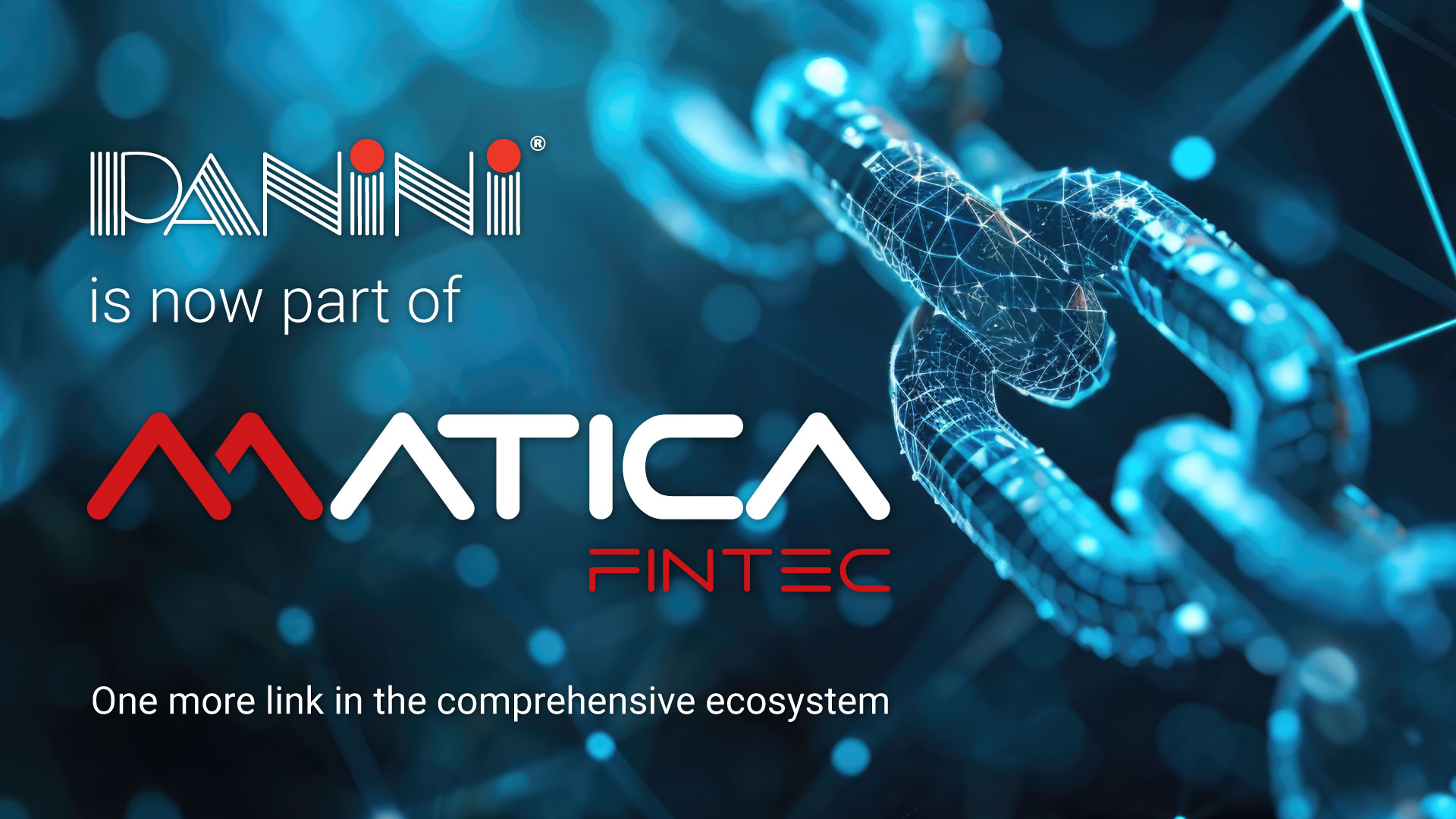According to investopedia.com, the universal banking model is a system in which banks provide a wide variety of comprehensive financial services, including those tailored to retail, commercial, and investment services. And even though they offer much more than a traditional banking model, they are still able to specialize in a subset of banking services. This is extremely advantageous as it allows a “best of both worlds” element to the model.
The Universal Banker Model is especially popular in some European countries, like Switzerland. In the United States, by law banks are required to separate their commercial and investment banking services. It’s not very common yet in the United States, but it is certainly growing. And with the increasing need for a digital banking space, the Universal Banker Model is seeing a surge in popularity. Its flexible nature and ease of adaption into the changing banking hemisphere have allowed it to easily transition into a digital platform. However, in order to solidify your customer loyalty, banks should adopt a hybrid model of both in-person and online experiences. If your bank is considering shifting into a universal banking model, consider the following factors to determine if it is right for your financial institution.
Benefits of the Universal Bank Model
Immediate Resolution
There are tons of benefits of adopting a universal bank model into your traditional banking system. It can help drive loyalty from your customers to your bank by streamlining your processes. Buyers don’t want to spend all day lingering at the bank, so the quicker transactions can be completed, the happier you will leave your customers. People dread those hours-long conversations with their banks, where they find themselves going through an automated voice, only to be transferred to several different human representatives. The frustration keeps mounting until the customer becomes so fed up that they switch banks. The universal banker model solves this problem by offering immediate solutions and making sure that the first person the customer talks to will be able to solve their problem is a huge relief for your regular visitors.
Channel Fluency
Universal bankers typically know how to navigate everything. And with several different channels of interaction within a financial institution, this trait is imperative. They know how to run and seamlessly update mobile banking apps, and can easily explain the bank’s website layout to customers. Customers love to use the most practical channel to solve their problems, and they want similar experiences across each one, whether it is mobile banking, online, or in-person. And by providing several outlets for customers to choose from, you will have a greater chance of gaining another retuning client.
Ease of Use
In a day and age where many Americans feel like every dime of their paychecks are accounted for, it is becoming increasingly more popular for customers to turn to experts to manage their money. This means building a relationship with a banking expert. The best way to retain these customers is by being useful and making it as easy as possible for them to understand what needs to be done for their money management. They might be interested in learning more about a loan, opening up a new account, or even just better understanding how their mobile app works. Implementing a universal banker is a great way to ensure that all these questions and more would be answered effectively and efficiently. Plus, having a fully-trained universal banker increases the chance of forming an organic relationship since they will be able to answer any questions that are thrown at them.
Is the Universal Banker Model Right for Your Bank?
While there are certainly several perks to implementing this new system, it can also come with its own series of setbacks. The question of whether or not to consider it for your financial institution comes down to your individual bank. This model is likely best suited for low-volume banks.
There are challenges and hurdles that come along with integrating this change into your financial institution. The staff will require more intimate and comprehensive training, and the institution’s technology will need upgrading to keep up with the demand. However, it can certainly maximize the profits for your business. The best plan of action is to create a step-by-step process for implementation to make sure that your employees do not feel overwhelmed. This is the best way to anticipate any hiccups or concerns with the new model. And, products like the Panini EverneXt are excellent ways to help you seamlessly transition to the universal banking model in your branches as it relates to onboarding and check deposit technology!





